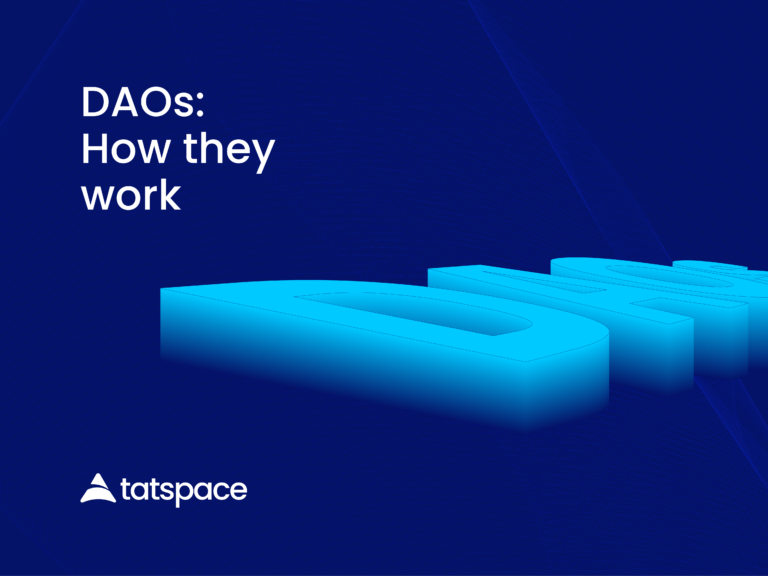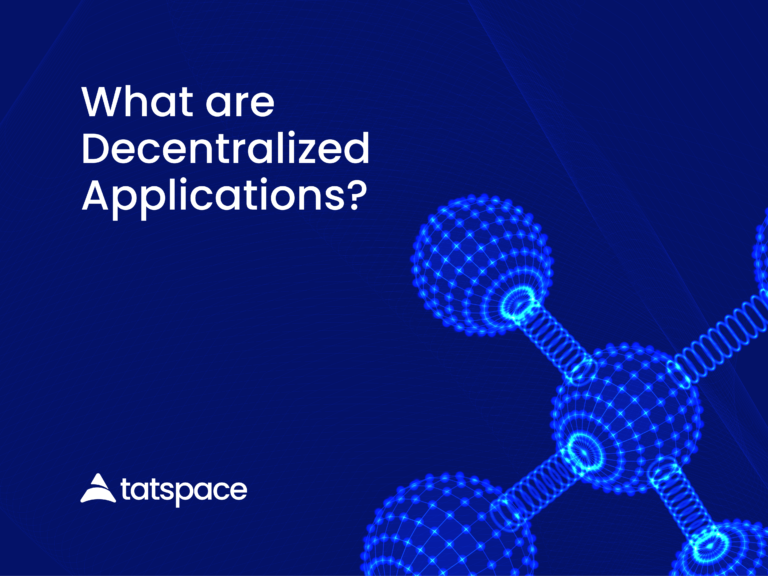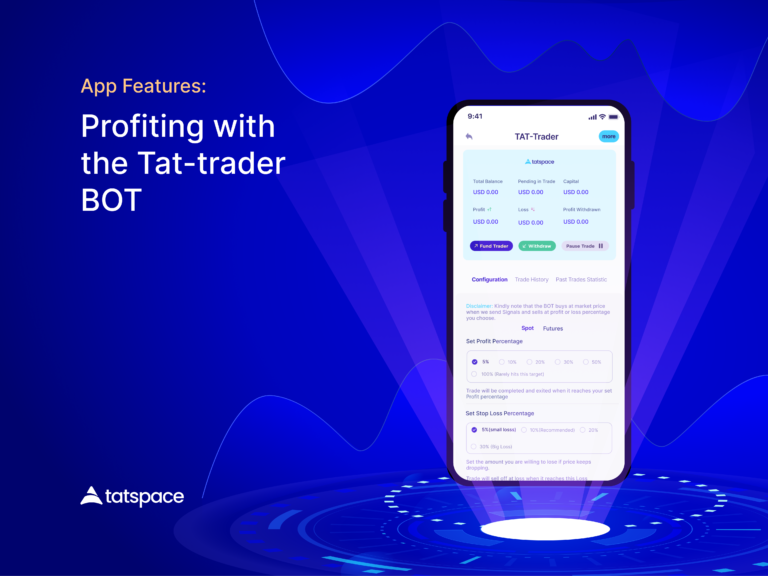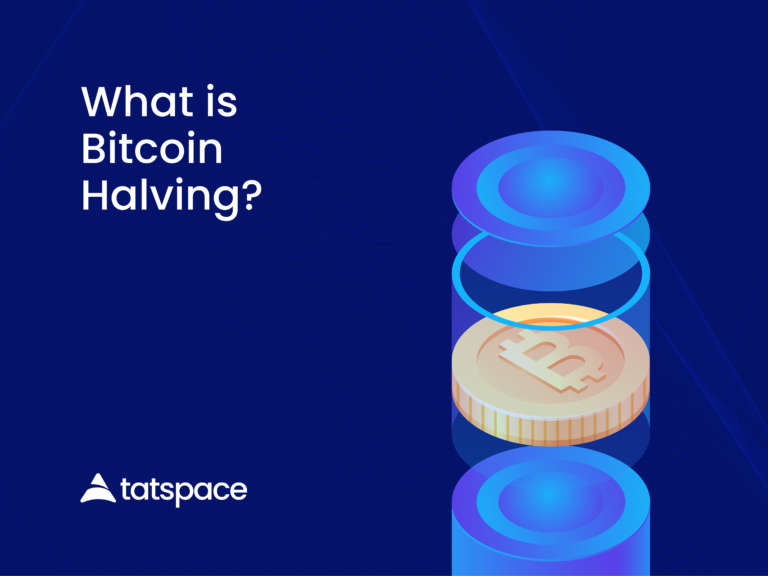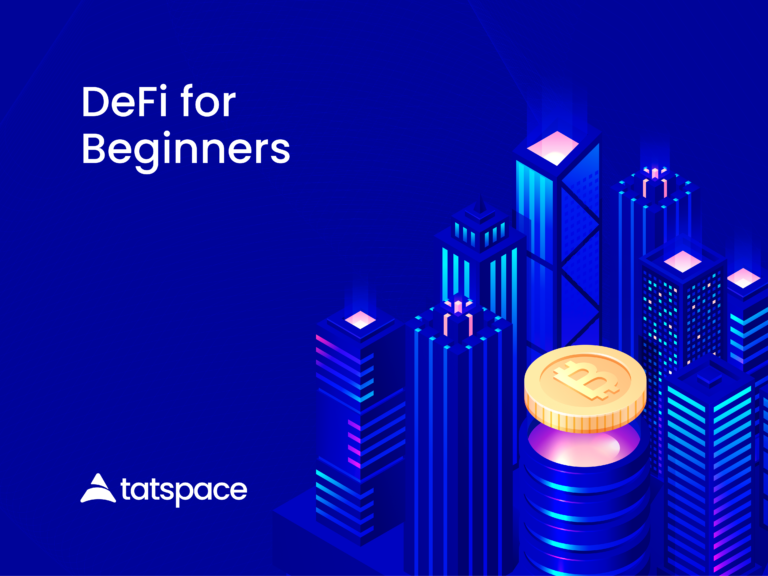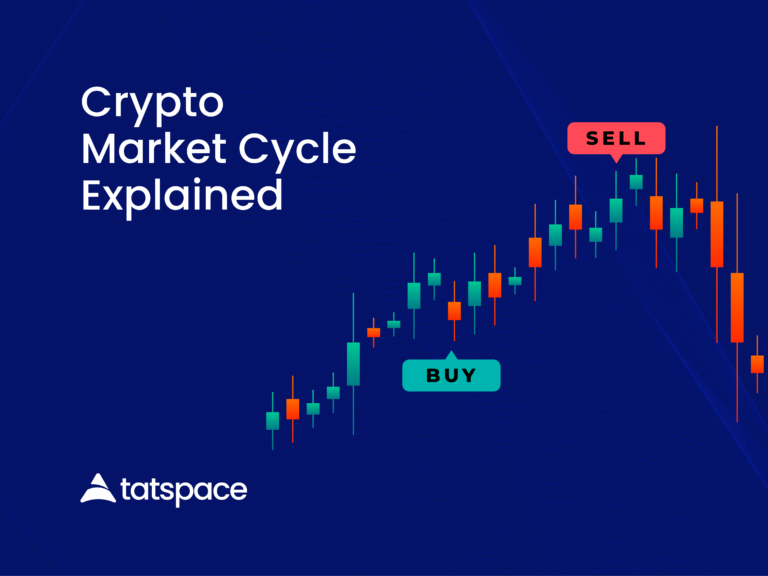In recent times, there have been more advancements globally in the money system than the traditional financial systems and institutions can keep up with.
While it seems like traditional money systems are built for just sending money between places, the process could happen a lot faster and cost way less than it currently does.
Globally, many states and their governments are beginning to explore, develop, and experiment with options for new kinds of digital currency; the central bank digital currency (CBDC).
The relevance of which is to increase the efficiency of the money system; speeding up payments and reducing the cost of transactions for the people.
Consider CBDCs as digital fiat money developed on technological platforms cut from the developments in Blockchain.
By the next decade or less, it’s likely that most countries around the world will be adopting this digital fiat money.
What are Central Bank Digital Currencies (CBDCs)?
A Central Bank Digital Currency (CBDC) is a kind of digital money. In extension, a state’s government develops and regulates a CBDC as fiat money.
The system of development of the currency would depend on the country issuing it.
While some might be implemented based on blockchain technology, others might be built on different types of distributed ledger technology (DLT).
The currency built on blockchain technology would have a token to represent it as digital fiat money.
Although CBDCs seem a lot like cryptocurrencies, they are quite different.
Cryptocurrency like Bitcoin is borderless and is not issued by any state or financial institution.
On the other hand, governments issue and regulate CBDCs as legal tender.
Lately, many countries and their central banks have been exploring possibilities in proofs-of-concept for CBDC.
The Bahamas launched its CBDC project called the Sand Dollar.
The Sand Dollar is a digital version of the Bahamian dollar, implemented to create financial inclusivity across its archipelago of 700 islands.
The currency was launched nationwide in October 2021 after a successful pilot phase in 2019.
Even most recently, the Central Bank of Nigeria developed their CBDC, e-Naira.
The e-Naira launch that was originally slated for 1st October 2021, is yet to happen.
Understanding Central Bank Digital Currencies (CBDCs)
The CBDC is a centralized-permissioned database. It only allows approved players and actors to transact on the network.
In essence, technologically speaking, CBDC is a government-controlled database.
One that approved private sector actors can also control.
As a centralized network, a sovereign entity has the ability to stop or disrupt ongoing transactions, flag and blacklist addresses, suspend funds, or decline transactions.
As a result, most governments and central banks will build their CBDCs on their own blockchain system, although they might supply some of them on public blockchains.
This way would suggest issuing a permission asset over a permissionless system; a centralized asset distributed and settled on a decentralized system.
The centralized part of the system will allow central banks control while the decentralized permissionless layer would ensure top security.
As good as this system sounds, it’s likely not to be the convention.
This is because there’s currently no public blockchain with the technology to safely run these processes.
This is basically how CBDCs will work aside from the fact that different states will customize their system to match their needs.
Benefits of Central Bank Digital Currencies (CBDCs)
Hopefully, CBDCs would increase the financial inclusion of the everyday individual with low-cost bank accounts.
Allowing more people access to a digital financial system with low cost of transaction and faster transaction time.
Soon, digital fiat money would replace the old money systems that are less robust.
Transactions can happen anytime without geographical boundaries and other limitations associated with the traditional financial systems.
With the global economic experience during the outbreak of COVID-19, CBDCs would give central banks and other private financial institutions greater control and the ease of directly implementing changes in monetary policies.
Moreso, with CBDCs, governments will be able to track illicit transactions in the financial system easily.
CBDC versus Stablecoins
CBDCs seem to look like stablecoins but they are a lot more different than they seem.
A stablecoin is a digital currency that represents an asset or fiat money and has its value tied to that fiat or asset like gold.
This means, in other words, that you swap a stablecoin for the real value of the asset it represents.
On the other hand, a CBDC is actual fiat money that the government issues and controls by its regulations.
CBDC versus Cryptocurrency
Central banks issue CBDC as a currency under the regulation of the government as legal tender.
An ideal cryptocurrency like Bitcoin or Tatcoin is not issued by any government or regulated by any for that matter.
While Bitcoin has no restrictions in its transactional process like the right of any entity or player to control the process or any step of it, with CDBC the central bank and government can control transactions and its processes.
Wrapping it up
In a nutshell, a CBDC is digital fiat money central bank and the government issue and regulate.
Deployed on blockchain technology, its adoption would increase financial inclusivity and create a seamless way for everyday people to make money transactions.


